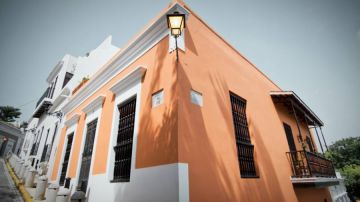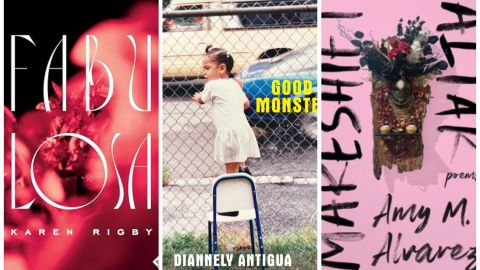The Situation in Puerto Rico Is About to Get So Much Worse After FEMA Cuts Aid
Last night, a devastating blow came to the U

Photo: Unsplash/@rvrmakes
Last night, a devastating blow came to the U.S. territory of Puerto Rico: FEMA has decided that it will “officially shut off” its mission to provide “more than 30 million gallons of potable water and nearly 60 million meals” across the island since it was devastated by Hurricane Maria in September, according to NPR. The federal aid is set to end tomorrow, January 31st.
This is a sign that FEMA believes that the immediate humanitarian emergency in Puerto Rico has subsided and will instead turn over its remaining food and water supplies over to the Puerto Rican government for them to finish distributing. However, many on the island believe that it is far too soon for these deliveries to end. Despite Trump declaring back in November that Puerto Rico is “doing well,” the statistics say something differently.
According to Fast Company, here is what is actually going on in Puerto Rico four months after Hurricane Maria: 31% of the island has not regained electricity and some experts are saying that parts of the island are not expected to get power back until next spring. Recovery is still heavily underway. Almost half a million people are without power and those who do have power still suffer from frequent blackouts. Beyond that, problems pile on as the island and its people face job losses, foreclosures, a decrease in police presence and an increase in violent crimes.
Does that sound like an island that is well on its way to recovery and can afford to lose federal aid? Not to me. But according to FEMA, its “internal analytics suggest only about one percent of islanders still need emergency food and water,” according to NPR.
“The reality is that we just need to look around. Supermarkets are open, and things are going back to normal,” said Alejandro De La Campa, FEMA’s director in Puerto Rico. “If we’re giving free water and food, that means that families are not going to supermarkets to buy. It is affecting the economy of Puerto Rico. So we need to create a balance. With the financial assistance we’re providing to families and the municipalities, they’re able to go back to the normal economy.”
The agency’s decision is part of its next phase to focus on the island’s long-term recovery in the weeks and months to come, but that may not be possible yet on some parts of the island. In the municipality of Morovis, for instance, Mayor Carmen Maldonado says that 10,000 of her 30,000 residents are still receiving FEMA aid and cannot afford to lose it.
“There are some municipalities that may not need the help anymore, because they’ve got nearly 100 percent of their energy and water back,” she told NPR.. “Ours is not so lucky. In municipalities like this one, where families are going out to work just to buy gas to run a generator, it becomes very hard because money they would use to buy food they’re instead using to buy fuel.”
How are residents expected to survive when resuming their normal shopping routines is completely impractical? Twitter reactions say it all.
https://twitter.com/cynabarr51/status/958424751575322624
One would think taking FEMA out of Puerto Rico at this time would obviously be a pretty 💩y thing to do..weird then don't you think??..that Trump is actually going to do that! https://t.co/3vOAe3SnmM
— Tara Lynn (@taralynn1272) January 30, 2018
Would FEMA walk out of Houston or South Florida if a third of residents still lacked electricity? https://t.co/oJrRV5bnEl
— Dan Doherty (@ddohertyjr) January 30, 2018
Although the situation in Puerto Rico may get a lot worse soon, there IS something we can all do to help. According to Fast Company, you can donate to the Hispanic Federation for Hurricane Maria relief, the Salvation Army is taking donations for Hurricane relief (including the other hurricanes that affected the U.S. last year), and GoFundMe created a page for Hurricane Maria relief efforts.
Any one of these organizations can still use your help and all of them are a worthy cause to give to while the people of Puerto Rico still remain without power and, now, without food and water aid. Hopefully, as FEMA pulls out, more people will speak out against this injustice and seek more humanitarian relief for the U.S. citizens on the island who are still suffering.

















